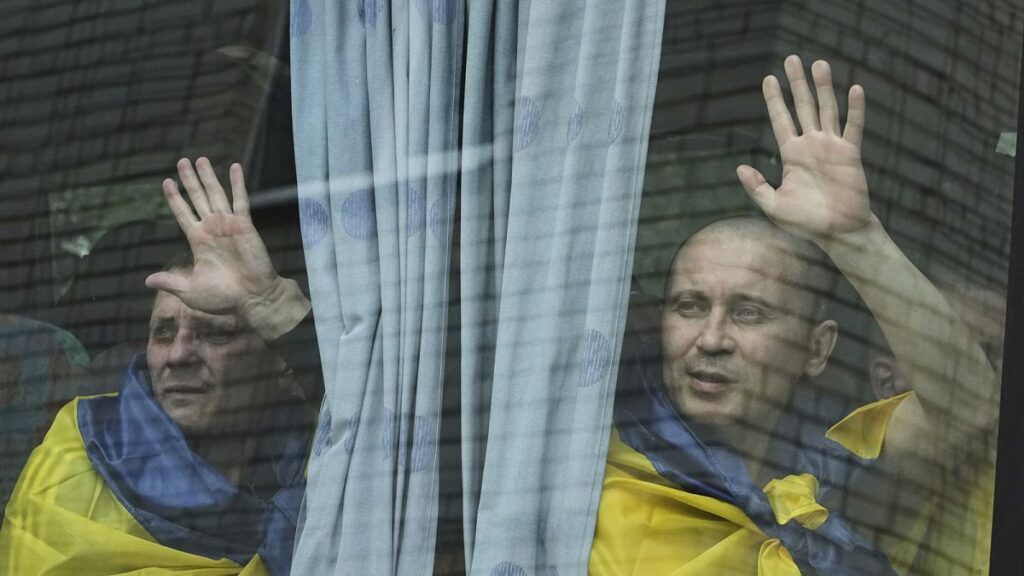By Euronews
Published on
Russia’s foreign ministry has accused Ukraine of stalling a prisoner exchange deal sealed during Istanbul talks, with state-sponsored actors flooding social media with similar claims without credible evidence to back them up.
The ministry’s spokesperson Maria Zakharova alleged last week that the Ukrainian government was refusing to accept 1,000 captured Ukrainian soldiers as part of a preliminary deal reached on 23 July.
These claims have been widely amplified across social media by pro-Kremlin and Kremlin-backed actors.
Russia Today, a state-controlled media outlet, has proceeded to publish a list purportedly including 1,000 soldiers rejected by Kyiv. It includes personal data such as place and date of birth, as well as military rank.
It also includes an alleged testimony from the rejected soldiers, pleading with Ukrainian President Volodymyr Zelenskyy to include them in the exchange.
State-owned Russian news agency TASS has since reported that all 1,000 people are low-ranking soldiers and sailors rather than high-ranking officials, citing unnamed military sources.
While Euroverify was unable to independently verify the names of the 1,000 alleged soldiers, the campaign bears the signs of propaganda.
Ukraine’s Centre for Countering Disinformation has firmly rejected the claims, describing the campaign as “part of larger Russian strategy aimed at destabilising (the) internal situation in Ukraine” and “disrupting” the planned prisoner exchange.
President Zelenskyy said last week both sides were preparing to release 1,200 prisoners of war each following the preliminary agreements reached during talks in Istanbul.
Ukraine says that work to determine the names of the prisoners is “ongoing”.
Both sides have exchanged numerous prisoners since the start of the war in February 2022, with the biggest exchange taking part in May this year when some 390 were released by both Ukraine and Russia.
So far, the release of prisoners of war has been the only real concrete result of talks between both sides.
Read the full article here
